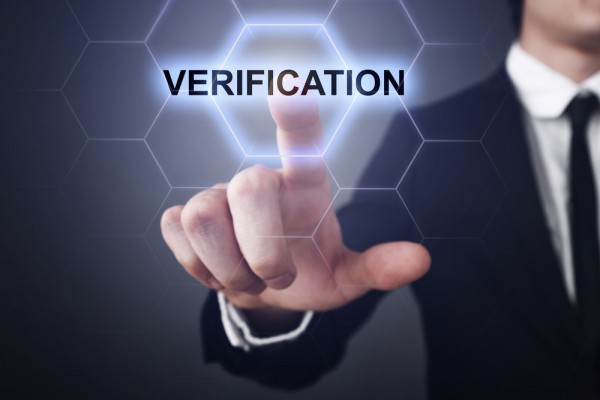Biometrics have been around the world for decades now. Upon hearing the word biometrics the first thing that comes to mind is fingerprints and voting. But biometrics is not limited to fingerprint scanning only. The new advancements in technology in terms of security is now powering a whole new level of user experience and digital identity verification solutions.
Modern society is the hub of technology. The traditional methods of identification and authentication are now challenged by biometric technology. Biometric authentication is widely adopted at an unbelievable rate all around the world. Biometric technology is entirely based on the unique personally identifiable physiological and behavioral patterns of humans. That’s what makes biometrics a secure form of authentication.
Biometrics Adoption on the Rise
Biometrics, like other advanced technologies, is impacting society. Fingerprints and facial biometrics have been widely used in law enforcement and forensics for more than 100 years. However, associating biometrics with criminal activities makes people skeptical about their adoption. Despite, the innovations in biometric technology and increased awareness on the internet, people are becoming quite familiar with their use.
Moving into the data-driven market, biometric authentication is becoming quite prevalent. Mobile giants – for instance, Apple, Huawei, Samsung – started manufacturing smartphones with fingerprint sensors since 2012. In fact, “face unlock” technology is now common in mobile phones.
The biometric authentication market is all set to take over the traditional authentication methods. The reason is the significant growth in mobile and IoT devices. According to the recent study, 89% of the 4.8 billion smartphones will be biometrically enabled by the end of 2020.
Multiple Usecases of Biometric Authentication
Back in 1980 when biometrics was considered a “foolproof security measure” for the government, law enforcement agencies and military. For other businesses, it was costly and cumbersome. However, with the advancement in technology and its diverse applications across the industries, biometric authentication is widespread.
Identity verification
Biometric authentication is widely used to verify the identities of individuals, ensuring they are who they claim to be. Unlike passwords, biometrics of a person can’t be stolen or exploited, henceforth serve as the secure authentication checks. Moreover, biometric authentication can be incorporated with 2-Factor authentication to form a more secure defense against identity thefts and cybercriminals.
Payment Authentication
Biometric authentication plays a significant role in securing payments and transactions. With the rise of identity theft and account takeover frauds, simple passwords are proving to be weak authentication checks. The big giants, including Visa, Amazon, PayPal, Google, etc. are using one or another form of biometrics as their authentication check for purchasing and making payments.
Through facial verification or fingerprint scanning at the time of checkout increase the security and improve the customer experience while keeping fraudsters at bay. Such implementation can be seen rolling out into the physical retailing store, for instance, the self-checkout initiative – Amazon Go
Virtual Experience
The technological innovations like augmented, virtual and mixed reality are driving a vital role of biometrics to enhance user experience in virtual environments. Some renowned retailers like Ikea, Amazon, Lowes, Sephora are introducing an amazing VR-based shopping experience to their users.
The person’s biometrics – facial, voice, gender, emotion recognition – are proposing new ways and opportunities to the businesses for real-time recommendations, suggestions and customer support.
For example, Amazon is introducing a “virtual try room” working on the phenomenon of try before you buy. The system scans the person’s body through biometric technology and allows the customers to try clothes virtually. The purpose behind this virtual try room was to reduce the product return caused due to online shopping.
















